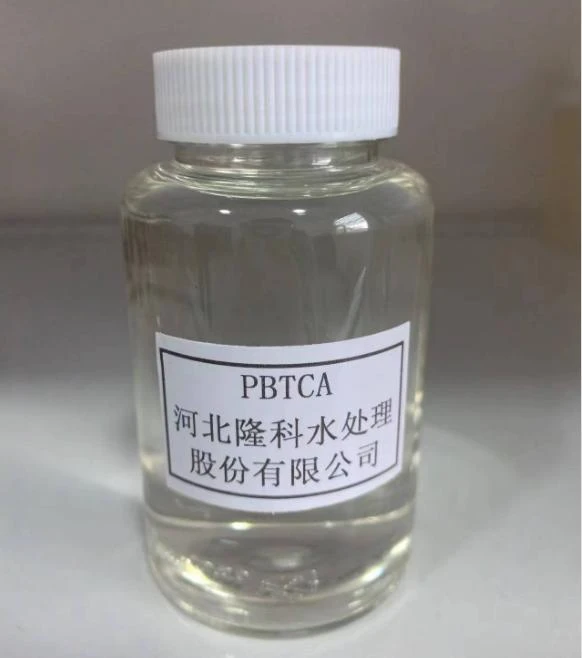Synthesis and Applications of Diethylenetriamine Penta Methylene Phosphonic Acid in Industry
Exploring the Significance of Diethylenetriamine Penta (Methylene Phosphonic Acid)
Diethylenetriamine penta (methylene phosphonic acid), commonly abbreviated as DTPMPA, is a highly versatile and significant compound in various industrial applications. This chelating agent is characterized by its five phosphonic acid groups, which facilitate strong interactions with metal ions, making it particularly valuable in areas such as water treatment, oilfield operations, and industrial applications.
Chemical Structure and Properties
The chemical structure of DTPMPA consists of a diethylenetriamine backbone attached to five methylene phosphonic acid groups. This unique configuration gives DTPMPA several desirable properties, including excellent solubility in water and the capacity to form stable complexes with a wide range of metal ions. The presence of multiple phosphonic acid groups enhances its chelating ability, allowing it to effectively sequester metal ions like calcium, magnesium, iron, and other transition metals.
One of the notable characteristics of DTPMPA is its stability across various pH levels, making it suitable for use in different environments. It can maintain its effectiveness in both acidic and alkaline solutions, which is crucial for industrial applications where conditions can vary widely.
Applications in Water Treatment
In the context of water treatment, DTPMPA plays an essential role as a scale inhibitor and corrosion protector. The formation of insoluble scale in industrial cooling systems and boilers can lead to significant operational issues, including reduced efficiency and increased energy consumption. By using DTPMPA, operators can prevent the formation of calcium and magnesium scales, thereby improving the lifespan and efficiency of equipment.
Moreover, DTPMPA’s ability to chelate metal ions also helps to minimize the occurrence of corrosion in metal surfaces. It forms protective layers on these surfaces, mitigating the effects of corrosive agents in the water. This aspect is especially important in sectors such as power generation, where the integrity of equipment is crucial for uninterrupted operation.
Oilfield Applications
diethylenetriamine penta methylene phosphonic acid

Beyond water treatment, DTPMPA is also extensively used in the oil and gas industry. In oilfield operations, this compound functions as a scale inhibitor in drilling fluids, enhancing the efficiency of extraction processes while preventing the deposition of calcium-based scales that can hinder flow rates. Its chelating properties help in solubilizing metal ions that could otherwise precipitate and impair operations.
Additionally, DTPMPA is employed in enhanced oil recovery processes
. By reducing the viscosity of crude oil and mobilizing trapped hydrocarbons, it plays a pivotal role in maximizing the extraction of oil from reservoirs, thereby improving overall operational efficiency.Industrial Significance
DTPMPA's industrial significance extends beyond water treatment and oilfields. It is widely used in various applications such as household detergents, personal care products, and cleaning agents, where it functions as a chelating agent to improve product performance. In formulations, DTPMPA helps in stabilizing formulations by preventing unwanted reactions between metal ions and active ingredients.
Moreover, DTPMPA is environmentally friendly compared to other traditional phosphates, offering a more sustainable alternative. It is biodegradable, and its use can help industries comply with environmental regulations aimed at reducing the discharge of harmful substances.
Conclusion
The significance of diethylenetriamine penta (methylene phosphonic acid) cannot be overstated. Its multifunctional properties make it an invaluable asset in various industrial settings, from water treatment and oilfield operations to everyday consumer products. As industries continue to seek more efficient and sustainable solutions, the role of DTPMPA will likely expand, paving the way for innovative applications that enhance operational efficiency while minimizing environmental impact.
In summary, DTPMPA is more than just a chemical compound; it represents a fusion of technology and sustainability, helping to shape a more efficient industrial landscape. As future challenges emerge, the adaptability and efficacy of DTPMPA will undoubtedly play a crucial role in addressing them.
-
The Ultimate Guide to Flocculants: Transforming Water TreatmentNewsNov.01,2024
-
Improve Your Water Treatment Solutions with PolyacrylamideNewsNov.01,2024
-
Enhance Your Water TreatmentNewsNov.01,2024
-
Empower You to Achieve the Highest Standards of Water QualityNewsNov.01,2024
-
Effective Scale InhibitorsNewsNov.01,2024
-
Discover the Power of Poly Aluminum Chloride in Water TreatmentNewsNov.01,2024





